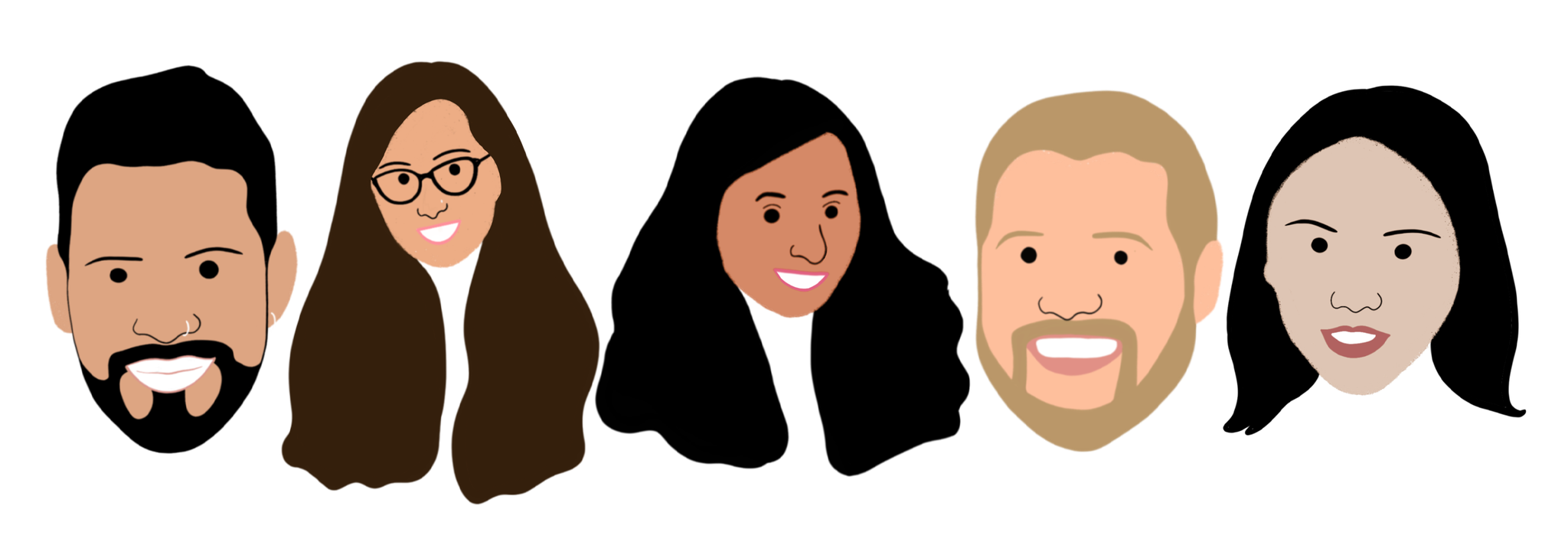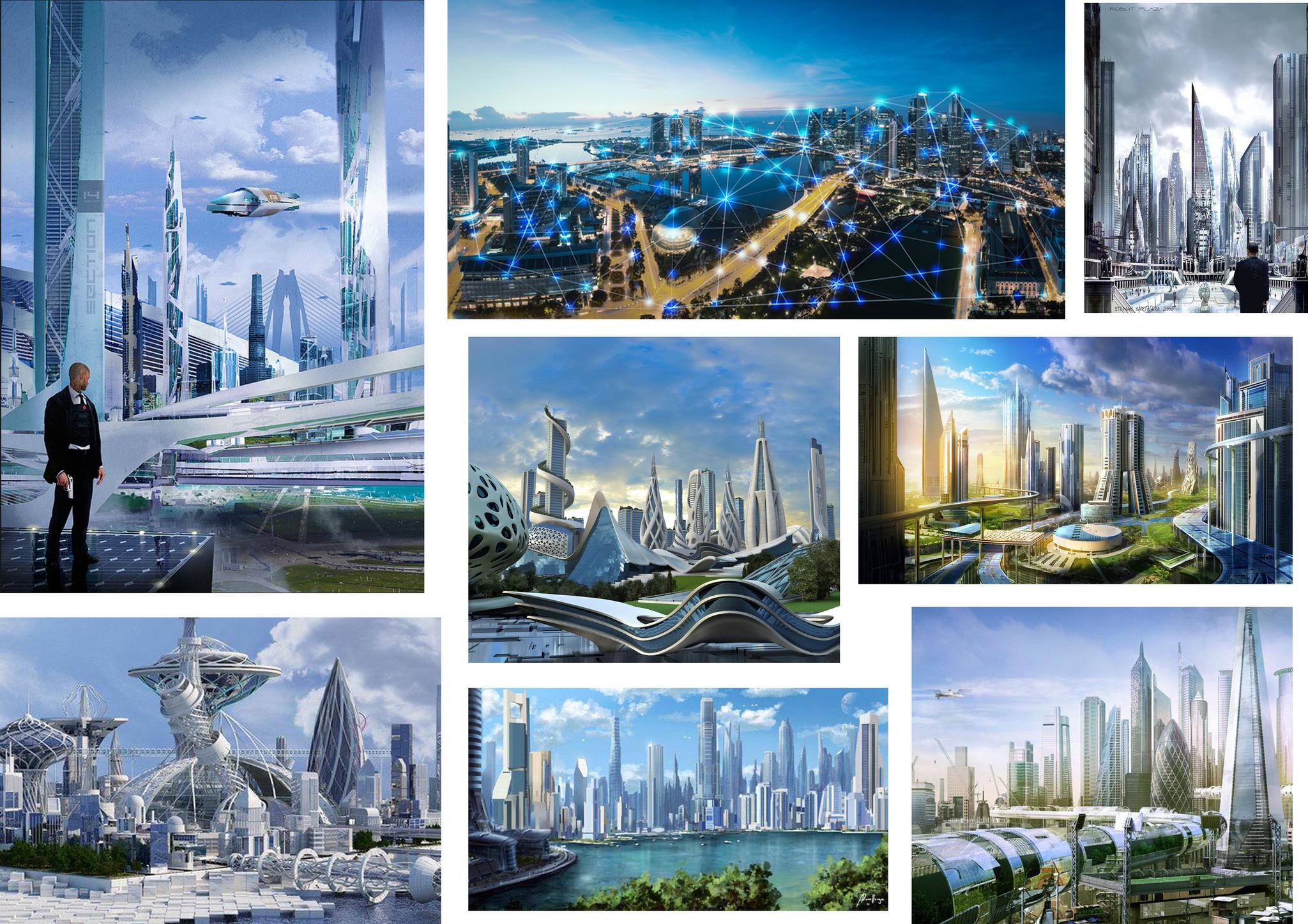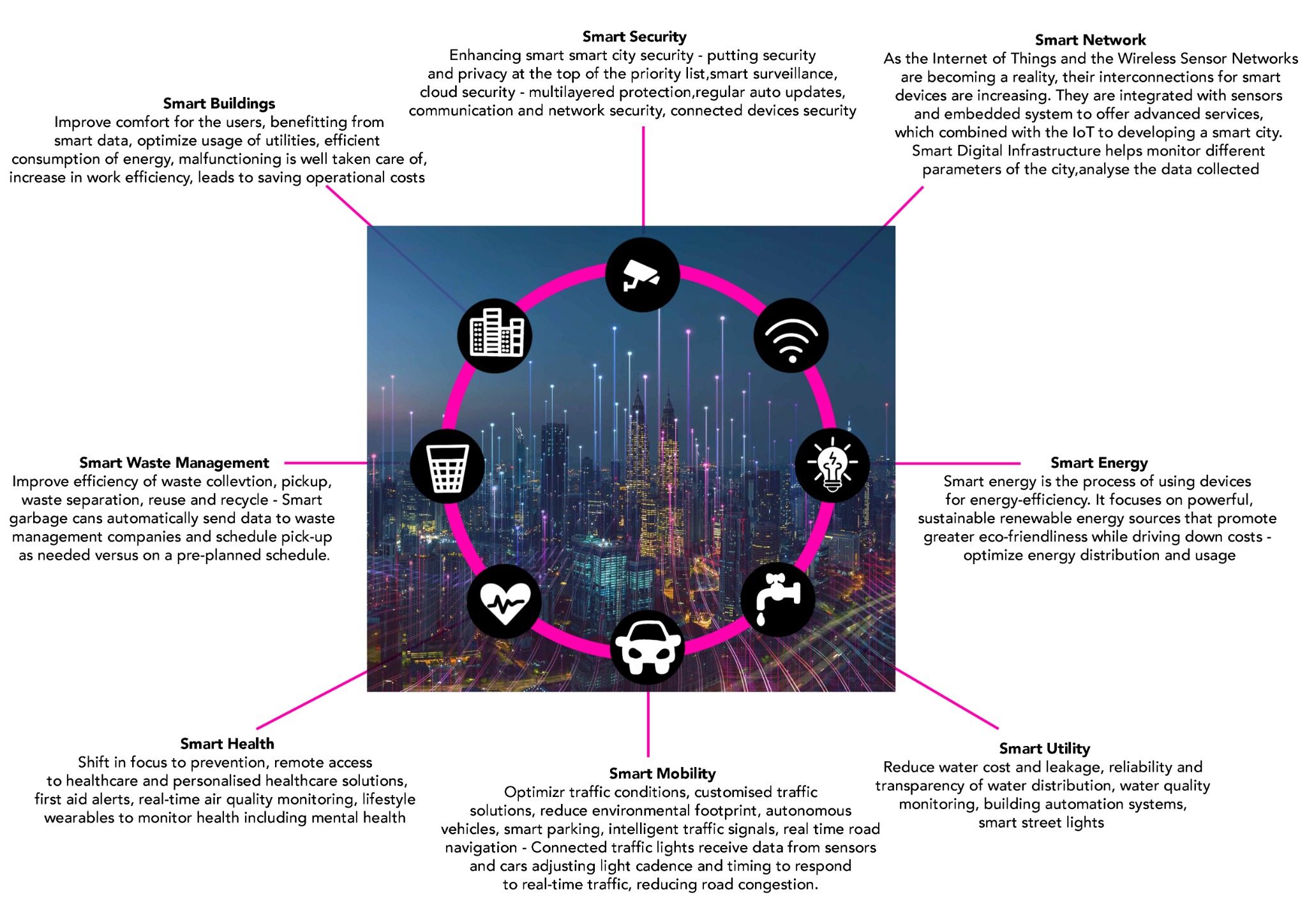#01 Introduction to Smart City
The first lecture of the module, Creativity in Design, introduced us to the idea of Smart City. As soon as the brief (Design of a device, service or infrastructure that alters the experience of the city and impacts people’s lives) was explained to us, as a Visual Artist and an emerging UX Designer, I began thinking more deeply about the Smart City vision. The first three questions that came into my mind were: What are the main problems that need to be addressed? What is going to be the best possible solution for them? How would our idea ultimately impact future-generations?
We got into our desired groups on the very first day and decided to call ourselves, The Incredibles; Alex, Me, Meghana, John and Xiaocan.

Following that week we decided to keep a meeting where we as a group discussed some ground rules and ways in which we could increase our creativity. Since all of us were not in the same city and due to COVID restrictions, we decided to virtually meet every Monday and Friday over Zoom to discuss everything. We mutually decided to use Miro to share our progress with each other. Miro proved to be an excellent tool for us as it helped us share our ideas and concepts collaboratively through text as well as photographs, sketches and illustrations. In our first meeting we discussed each other’s strengths, weaknesses and ideas on how we can get the best out of each other.

Being the only Visual Artist in my group with a background in art and design, I knew I could help my team in many ways. User Experience is not just limited to problem solving, it's also about developing softer skills like creativity, curiosity, empathy, emotional intelligence and visual sensitivity which makes sure that the user has a pleasurable experience while interacting with your product. Making visual representations of our concepts and design ideas would be one of the most integral parts of this project as it would help us understand them better.

To get a feel of what we had to do for the project we had a casual meet up to explore ideas around the smart city. All of us looked at what it is together. From what I understand, a smart city is a framework that is rooted with Information and Communication Technologies that helps address the issues and challenges caused by growing urbanisation - can help cities operate more efficiently. We then had a discussion and started asking each other questions about the city; What it is? Why do we need them? What is it trying to achieve? What does it look like? We also discussed our reactions to the smart city concept because the images of a smart city on the internet show it to be new, crisp and clean - high rise buildings, minimal traffic, wireless connectivity etc. Some of them just looked unreal and out of this world and we didn't know how to react to them to be honest. But after doing some research on my own and upon reading several articles I came to the result that bits and pieces of what the smart city could/would look like already exist in the present world that we're living in. Later I made a mind map of the smart city showing ways in which it could address the issues of urbanisation and shared it with my team members.

This week I also read ‘Speculative Everything’ by Anthony Dunne and Fiona Raby which really opened my eyes and has changed the way I see things now. It talks about the idea of speculative design - a design method addressing big societal problems and looking towards the future. In simpler terms creating products and services for the future which address these problems and issues. According to Dunne and Raby, designers should not just address issues of today, but also take a look into the future and ask, “How can we address future challenges with design?” This book made me realise that designing for smart cities is not just about solving problems of the present cities but it’s about creating alternatives for the future, for a better tomorrow.
Post a comment